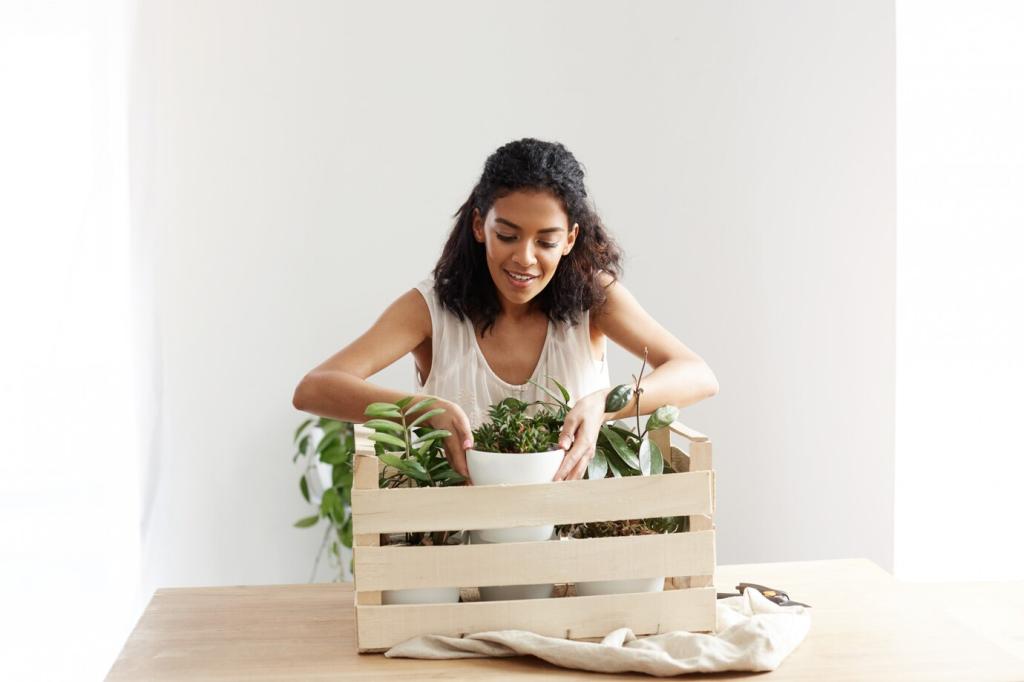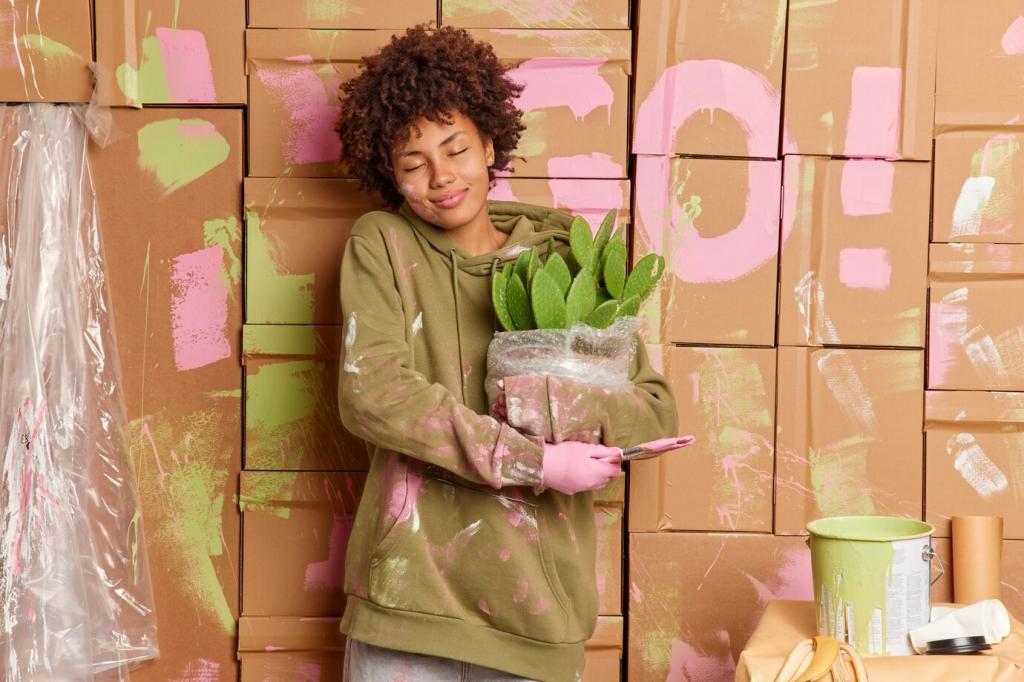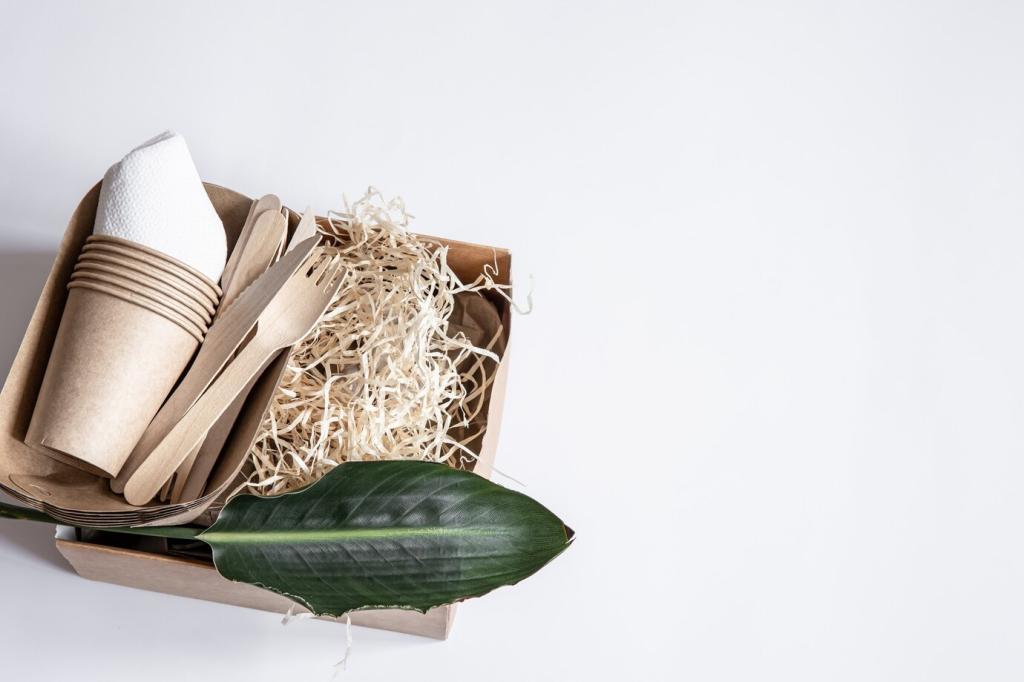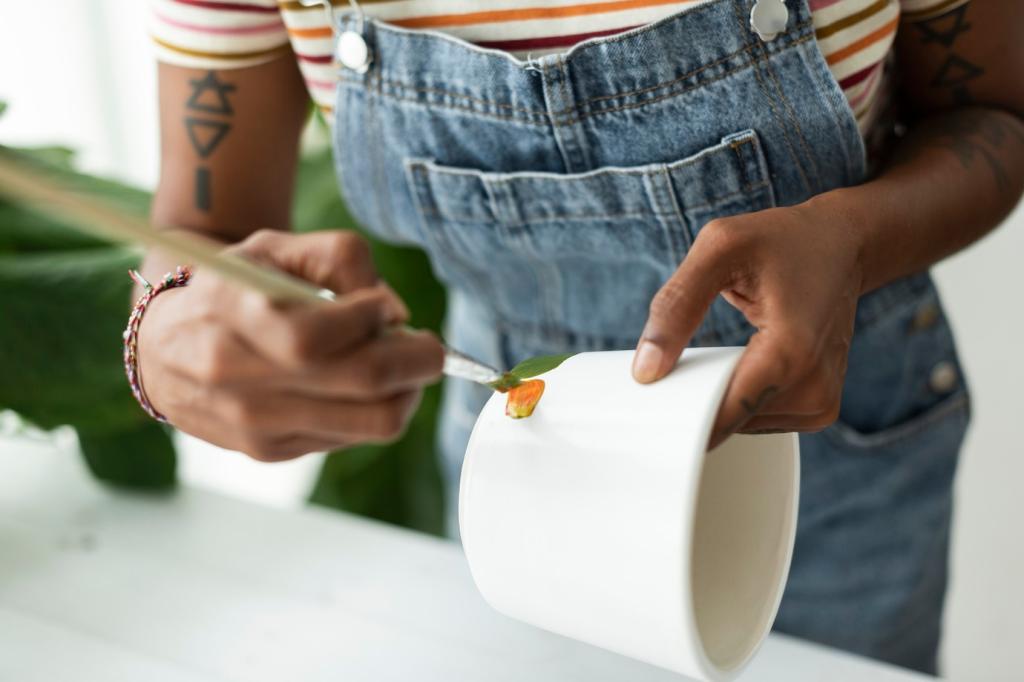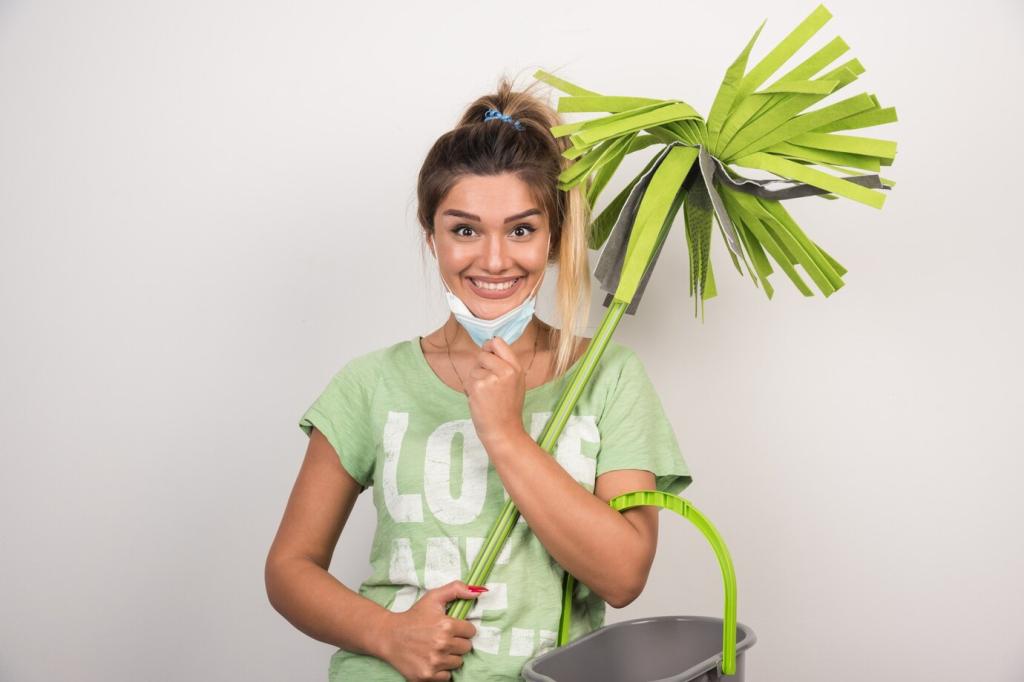Plant-Based Cleaners That Deliver Results
Match the cleaner to the mess. Acidic stains, like coffee, often respond to slightly alkaline solutions; oily spots benefit from mild surfactants. Always blot, never rub, and finish with a clear-water rinse to remove residue. Have a tough stain? Ask in the comments and we’ll guide you step by step.
Plant-Based Cleaners That Deliver Results
A few drops of castile soap in warm water create micelles that lift grime without stripping fibers. The key is dilution and rinsing: too much soap leaves residue, attracting soil faster. Measure carefully, blot gently, and pat dry with a clean towel. Subscribe for our quick-reference dilution chart.
Plant-Based Cleaners That Deliver Results
Enzymatic cleaners excel on protein-based stains, but they need dwell time. Lightly mist, cover with a damp cloth to prevent drying, then blot. Citrus-derived formulas can deodorize without heavy perfumes. Test on an inconspicuous area first and report your results—your observations help others refine their routines.
Plant-Based Cleaners That Deliver Results
Lorem ipsum dolor sit amet, consectetur adipiscing elit. Ut elit tellus, luctus nec ullamcorper mattis, pulvinar dapibus leo.


